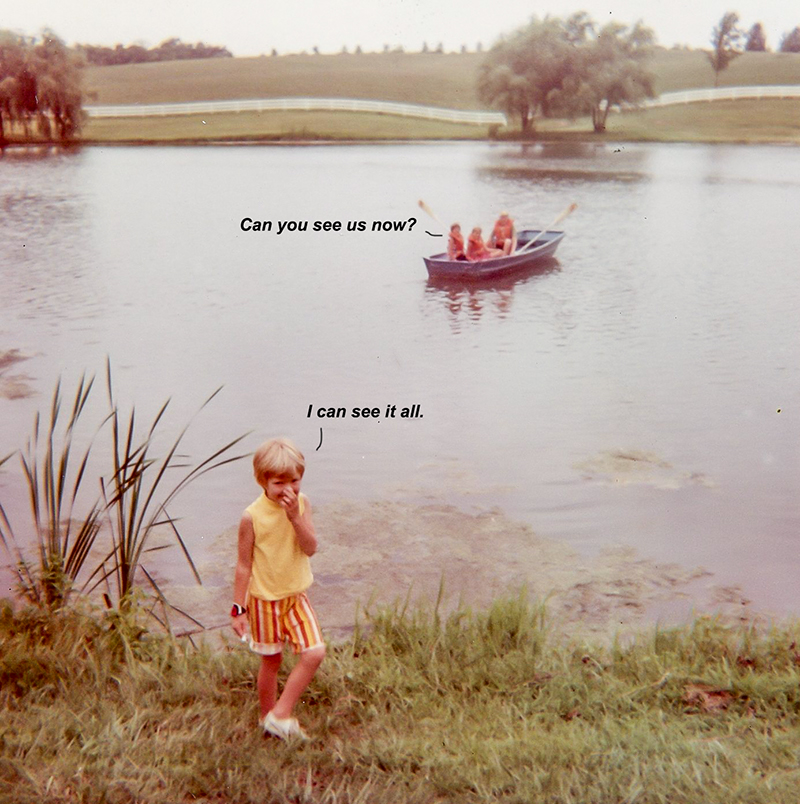I used to have the vision of a hawk. I could see for great distances, sharp and clear.
These days, my world is a big blur. It is only when I lift two small pieces of glass up near my eyes that things come into focus. Without those little miracles, I am like Velma on Scooby-Doo. You know, when the ghost is coming through the doorway, and she drops her glasses, down on her hands and knees searching the floor, while Scooby and Shaggy cower in the corner? That is squinty-eyed me.
Anyway. Glasses. They are my window to the world. Today, May 23, in the year 1785, Benjamin Franklin announced his invention of the bifocals.
That’s what I wear, except they are called transitional lenses these days, going from far to near in focus, or nearsightedness to farsightedness, in vision.
It is interesting how the eye works. The eyes change shape in order to focus incoming light on the correct spot on the retina.
It is when our eyes are not the right shape that we need vision correction in the first place. Common vision problems, like near or far-sightedness, are caused by the shape of our little eyeballs being too long or too short. And this, in turn, prevents the incoming light from focusing on the correct spot in our eyes.
So, when we wear eyeglass lenses, those “glasses” are redirecting the light where it needs to go. Depending on our problem, of course.
But then there is age. The 40-year-old curse. It is about then that our eyes begin to lose their elasticity. Along with the rest of our bodies, I might add.
In order to see objects close up, our eyes have to contract, and the lens of the eyeball thickens. This makes the lens of the eye more convex. Since our elasticity had gone to the birds, it more difficult for our eyes to shape themselves properly. And then, we cannot see things near to us, like books, and iPhones, and apple seeds.
I once thought an apple seed was a bedbug, and there was a moment of massive panic and ensuing maelstrom in a hotel room.
Anyway.
When all of this elasticity wears out, like the worn elastic in sweatpants that fall around our knees (among other things), we need corrective lenses.
And Ben Franklin, who couldn’t see worth a darn, came up with the idea for the bifocal. He was tired of constantly switching between his two pairs of glasses, the ones to see far, and his readers. So, he cut the lenses in half, horizontally, and fixed them together. And the bifocal was born. On this date. In 1785.
Thanks, Ben.
I needed that.
=========
“If I paint a wild horse, you might not see the horse… but surely you will see the wildness!”
― Pablo Picasso
=========
“He who looks through an open window sees fewer things than he who looks through a closed window.”
― Charles Baudelaire
=========
“While there is perhaps a province in which the photograph can tell us nothing more than what we see with our own eyes, there is another in which it proves to us how little our eyes permit us to see.”
― Dorothea Lange
==========
I can see clearly now, the glass is full.
